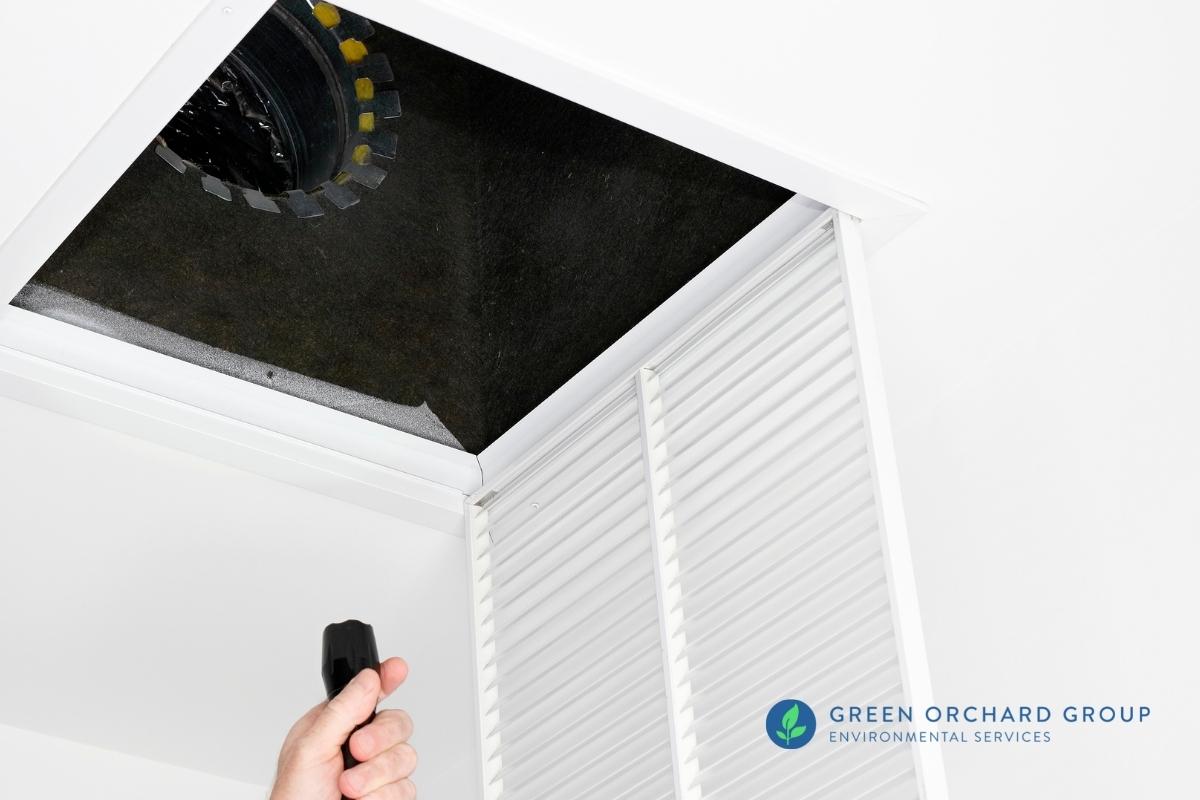Guidance on What to Do After Mold Remediation
Guidance on What to Do After Mold Remediation
Blog Article
Your Ultimate Overview to Article Mold Remediation Strategies
In the results of mold problem, understanding how to effectively remove the mold and mildew and stop its reoccurrence is critical for keeping a healthy indoor setting. From choosing the right cleaning and disinfecting techniques to applying methods for lasting mold prevention, each action in the remediation journey plays an important function in guaranteeing a successful outcome.
Comprehending Post-Mold Removal Refine
After completing the mold and mildew remediation procedure, it is crucial to understand the post-mold removal strategies that are essential to ensure a efficient and detailed cleaning. Once the mold and mildew has been gotten rid of, the following action includes cleansing and sanitizing the affected locations to avoid any kind of regrowth of mold.
Furthermore, performing a final examination post-remediation is important to make certain that all mold has been effectively gotten rid of. This evaluation must include a complete aesthetic check as well as potentially air tasting to confirm the absence of mold and mildew spores airborne. If the assessment reveals any type of lingering mold, extra removal may be required. Finally, informing owners on safety nets such as managing dampness degrees and without delay addressing any water leakages can assist preserve a mold-free atmosphere.
Efficient Cleaning and Sanitizing Methods

Protecting Against Future Mold Growth

Relevance of Appropriate Ventilation
Correct ventilation plays an important role in preventing wetness buildup, a crucial aspect in mold development within indoor settings. Efficient air flow systems assist remove excess moisture from the air, reducing the opportunities of mold and mildew spores discovering the dampness they need to germinate and spread out. Without adequate air flow, interior spaces can come to be a breeding place for mold and mildew, leading to prospective health dangers and architectural damage.
By making certain appropriate air blood circulation, ventilation systems can additionally help in drying out moist locations quicker after water damages or flooding incidents, further deterring mold development. what to do after mold remediation. Precede like restrooms, basements, kitchen areas, and attic rooms where moisture degrees often tend to be higher, setting up and preserving reliable air flow systems is essential in protecting against mold invasions

Tracking and Upkeep Tips
Given the critical role that correct air flow plays in protecting against mold growth, it is important to establish reliable monitoring and upkeep suggestions to guarantee the continued capability of ventilation systems. Regular examinations of air flow systems need to be conducted to inspect for any type of indicators of clogs, leakages, or malfunctions that could hamper appropriate air flow. Tracking humidity levels within the property is likewise important, as high humidity can add to mold and mildew growth. Mounting a hygrometer can help track humidity levels and sharp property owners to any type of spikes that might need interest. Furthermore, guaranteeing that air filters are routinely cleaned up or replaced is necessary for preserving the effectiveness of the air flow system. Applying a schedule for routine maintenance tasks, such as duct cleaning and HVAC system inspections, can help prevent issues prior to they escalate. By remaining conscientious and proactive to the condition of air flow systems, homeowner can effectively minimize the risk of mold and mildew regrowth and keep a healthy interior setting.
Final Thought
In final thought, post-mold remediation techniques are crucial for guaranteeing a risk-free and clean environment. Recognizing the procedure, executing effective cleaning and decontaminating approaches, avoiding future mold growth, preserving proper air flow, and regular surveillance are all critical action in the remediation process. By complying with these standards, you can effectively remove mold and stop its return, working or promoting a healthy and balanced living space for all residents.
In the consequences of mold infestation, knowing just how to successfully get rid of the mold and mildew and avoid its reoccurrence is vital for keeping a healthy and balanced interior atmosphere. When site web the mold has been removed, the following step includes cleansing and sanitizing the impacted locations to protect against any regrowth of mold and mildew - Post Mold remediation cleaning. After removing visible mold and mildew development, it is important to cleanse all surface areas in the affected area to eliminate any continuing to be mold spores. To even more boost mold prevention actions, it is important to address underlying issues that at first led to mold and mildew growth.Given the critical duty that correct ventilation plays in protecting against mold development, it is crucial to establish efficient monitoring and maintenance ideas to make certain the ongoing functionality of ventilation systems
Report this page